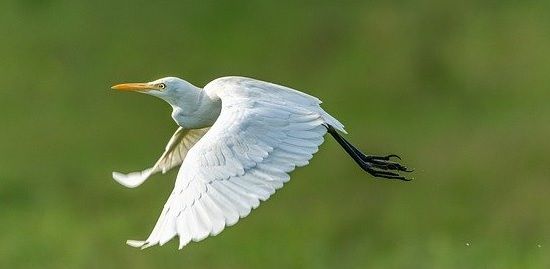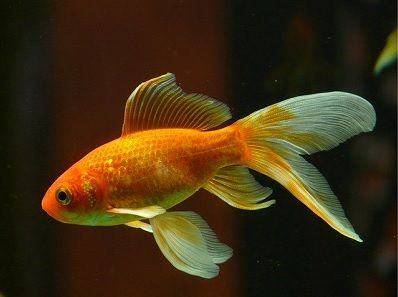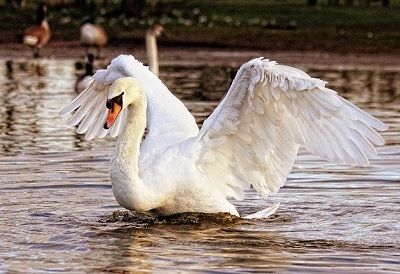Homologous structures are such structures that do not show exact similarity in their appearance and function but are linked with their common ancestor. On the other hand, analogous structures are such structures that are similar in their function and appearance but do not have any links between their ancestors.
The arms of humans, legs of dogs, are the common examples of homologous structure, where they must have diverged and evolved as different beings. The wing of insects, birds, bats and fins of penguins are the common examples of the analogous structure as they do not show any typical ancestral appearance but their structures exhibit similarity in action.
Understanding about the structural similarity and diversity of organisms helps the researchers to get the precise knowledge of that organisms, and it also supports them in understanding their nature so that they can know about the human biological process. It may also guide them in producing drugs and for better treatment of humans and other related animals. It will also reduce the risk of experimenting with any kind of hazardous treatments directly to humans.
Thinking about nature and its variation within different organisms is amazing and then observing them closely that how we all evolved from a single cell to the multicellularity and living with all kinds right from the tiny one like insects to the giant like the whale is itself a great work of research which is still going on.
But with the changes in the environment, we all living beings evolved and have shown a tremendous morphological change with the upsurging time, as compared to ancestors. Like earlier, we all were having tails, including humans, but now we don’t have, the Giraffes did not have a long neck, but now they are tallest one among all, etc.
However, in this article, we will be studying the differences between the two terms that are the homologous and analogous structure, which are advantageous in recognizing diversity.
Content: Homologous Vs Analogous Structures
Comparison Chart
| Basis for Comparison | Homologous Structures | Analogous structures |
|---|---|---|
| Meaning | Such a similar structure that is present in related organisms or common ancestors are known as homologous structures. | Such a similar structure that is present in unrelated organisms or do not share a common ancestry but are similar in function are known as analogous structures. |
| Example | The wings of a bat, birds, arm of humans, leg of the dogs and the fin of a whale (these are mammals, but the function of the structures are different). | The wings of insects, bats, birds and fins of fishes and penguins are all analogous structures. |
| Anatomy | Show similar anatomy. | Show dissimilar anatomy. |
| Functions | They are dissimilar in their function. | They are similarity in their functions. |
| It develops | Such structures develop in a related species. | Such structures develop in unrelated species. |
| Other features | The homologous structure is inherited from the ancestors. | The analogous structure does not get inherited from their ancestors. |
| Homologous structure arises from the divergent evolution. | Analogous structure arises from the convergent evolution. |
|
| The homologous structure developed due to the adaptation to the different environment. | The analogous structure developed to the adaptation to a similar environment. |
Definition of Homologous Structures
One of the essential term to understand the anatomical structure is the homology, that deals with such structure which arises from common ancestors or has a close relationship, but structure differs in their functions. These organisms are said to have undergone through the divergent evolution.
When the closely related species evolve ad becomes less similar in their function and structure, this is known as divergent species. It occurs when such species adapt to the particular environment as part of the natural selection process. This can be due to migration to new places, competition with other species or other microevolutionary changes like mutations, variations, etc.
The typical example is the tails of dogs, cats and tailbone of humans. As with the time, the human’s tailbone or coccyx has turned into vestigial organs, but animals like dogs and cats have still an intact tail.
Even plants, like the leaves of the oak tree and spines of the cactus, looks dissimilar to each other, but they also represent homology. As the leave of the oak tree works in the process of photosynthesis and spines of cactus prevents water loss of the plants and also play a significant role in photosynthesis.
Definition of Analogous Structures
Analogous structures or analogy is the term that says there are no common ancestors of the two organisms; but then also their anatomical structure performs the same functions and even look similar. As stated earlier also, that such organisms do not have any connection on the tree of life, but there few body structures look the same and perform the same job. These are the product of convergent evolution.
Convergent evolution is the term that explains how the two unrelated species changes to adapt to the environment and cop up as per the situation. Generally, such species are part of such different environments in the various parts of the world that favours the same adaptations. Therefore, supporting such species to survive according to the changes in that particular environment.
A typical example of the analogous structure is the wings of birds, flying insects and bats. These organisms have the common structure as wings and are used for flying, but they do not have common ancestors as bats are mammals, that separate them from insects and birds.
In fact, birds are said as a close relative of dinosaurs, but all three have adapted to the niches of their environment and due to which they evolved such developing wings. Although, this does not the show and kind of close evolutionary relationship.
Key Differences Between Homologous and Analogous Structures
Following points are significant to understand the difference between homologous and analogous structures:
- Such similar structures that are present in related organisms or common ancestors, though different in functions are known as homologous structures. In contrast, such similar structures that are present in unrelated organisms or do not share a common ancestry but are similar in function are known as analogous structures.
- The wing of a bat or bird, the arm of the human, the wing of a bird, leg of the dog and the fin of a whale (these are mammals, but the function of the structure is different), are the examples of homologous structure, whereas the wings of insects, bats, birds and fins of fishes and penguins are all examples of analogous structures.
- Homologous structures exhibit similar anatomy, though dissimilarity in functions, in analogous structure there is dissimilarity in anatomy, but the similarity in their functions.
- Homologous structures develop in a related species or which shares common ancestors, whereas homologous structures develop in unrelated species.
- Homologous structure arises from the divergent evolution, and analogous structure arises from the convergent evolution.
- The homologous structure developed due to the adaptation to the different environment, while the analogous structure developed to the adaptation to the similar environment of different species.
Conclusion
Homologous and analogous are quite confusing terms in the field of biology, but they are equally important to know about these terms. As this helps in understanding the variations and similarities of different organisms, it also helps to build the genetic tree, how the organisms get evolved and other biological details. So, they all support the ‘Theory of Evolution’ in some or the other way.




Leave a Reply